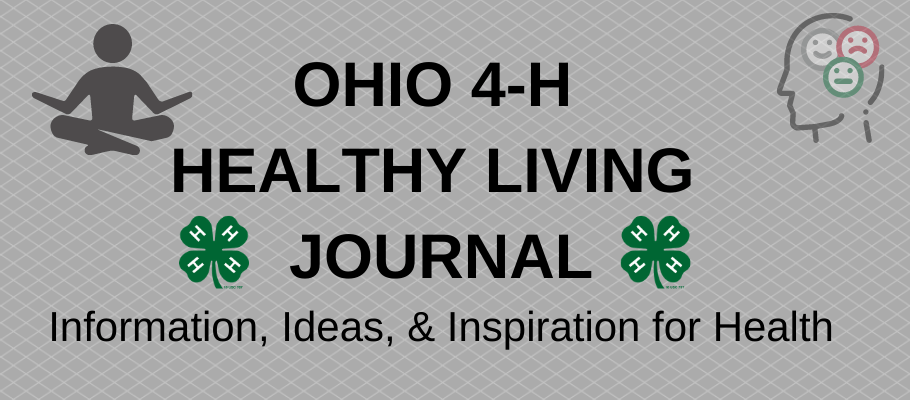 By Amanda Raines, 4-H Educator, Hardin County
By Amanda Raines, 4-H Educator, Hardin County
October 10th is World Mental Health Day. According to the World Health Organization (2022), the purpose of World Mental Health Day is “to raise awareness of mental health issues around the world and to mobilize efforts in support of mental health.” This year the WHO is working with global partners to launch a new campaign: Making Mental Health & Well-Being for All a Global Priority. The goals of this campaign and World Mental Health Day are to recognize the progress we’ve made as a global community surrounding the mental health issues, share the work being done, and reduce stigma and discrimination.
There are many ways that 4-Hers can observe and actively participate World Mental Health Day:
Learn More About Mental Health
There are many resources that you can use to learn about mental health: books, podcasts, websites, and even films. Here are some action steps you can take:
- Visit your local library and ask your librarian to help you find a book on mental health.
- Check out PBS’s On Our Minds. This is a student-led, and they produced program about youth mental health challenges. There are stories for teens, by teens, to help reduce stigma and connect you to resources.
- Schedule a visit with your school’s counselor to learn more about what they do and how they can help you and your peers.
Practice Self-Care
Self-care is actively taking steps to improve your physical, mental, and emotional health to gain better quality of life. Three steps to developing self-care strategies are:
- Find what works for you – What do you enjoy doing, how to do you relax?
- Plan ahead – Your self-care should be blocked into your schedule, just like practices and studying.
- Be consistent – Self-care strategies work best when they are used regularly.
There is no magic self-care routine or activity that works for everyone. You’ll need to figure out what works for you and how to fit it into your routine. This can take time, but don’t be discouraged! World Health Day is a good time to pause and reflect on your self-care routine and identify activities that you can try. Have you considered:
- A new type of exercise
- Tracking your fruit and vegetable intake
- Writing short stories, daily reflections, or thank you notes
4-H has resources that can help you explore mental health and learn more about yourself too.
Your Thoughts Matter: Navigating Mental Health – This 4-H project book includes 10 activities to help you dive into learning more about mental health, stigma, and resilience.
4-H at Home: Learning the Power of Mindfulness – This set of three activities teaches youth about social and emotional learning and how to build positive mental health. Activities include making meditation bottles, building healthy friendships, and learning how to stress less.
4-H at Home: Emotional Wellness – This set of three activities helps teens understand emotions and how to express them, using goal setting as self-care, and the importance of resilience.
If you or someone you know needs to be connected to professional resources, Ohio State University’s Center for Public Health Practice has compiled Mental Health Resource Guides. Go to u.osu.edu/cphp/ohio-mental-health-resource-guides/, find the county you need, and select it to bring up local resources.
References
First Things First. (2019). Self-care: A college student’s guide. Ohio State University. https://u.osu.edu/uofye/2019/11/13/self-care-a-college-students-guide/
PBS News Hour. (n.d.). On our minds. https://studentreportinglabs.org/on-our-minds/
World Health Organization. (2022). World Mental Health Day 2022. https://www.who.int/campaigns/world-mental-health-day/2022



















